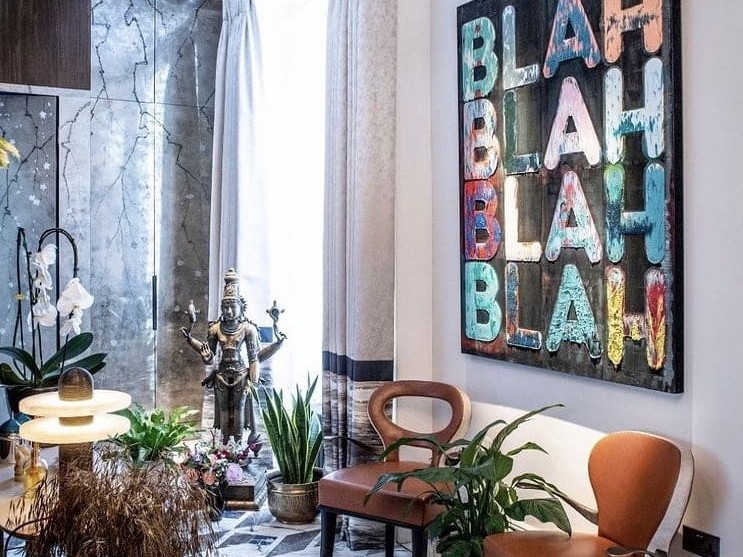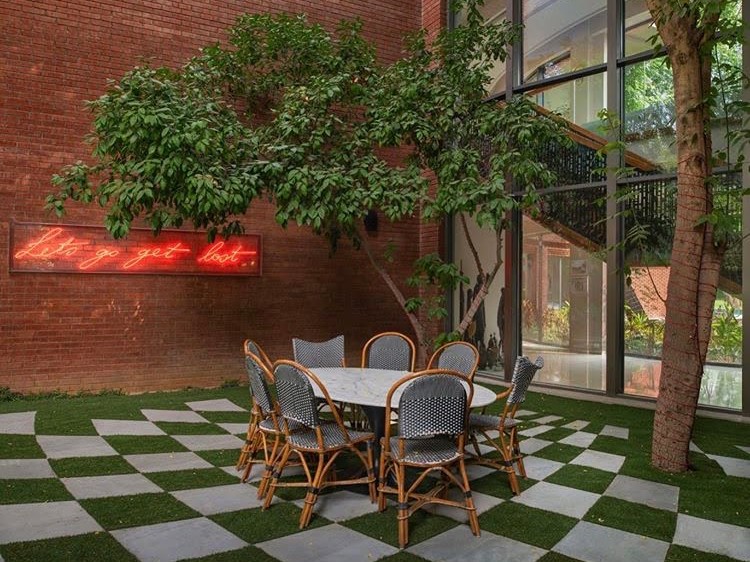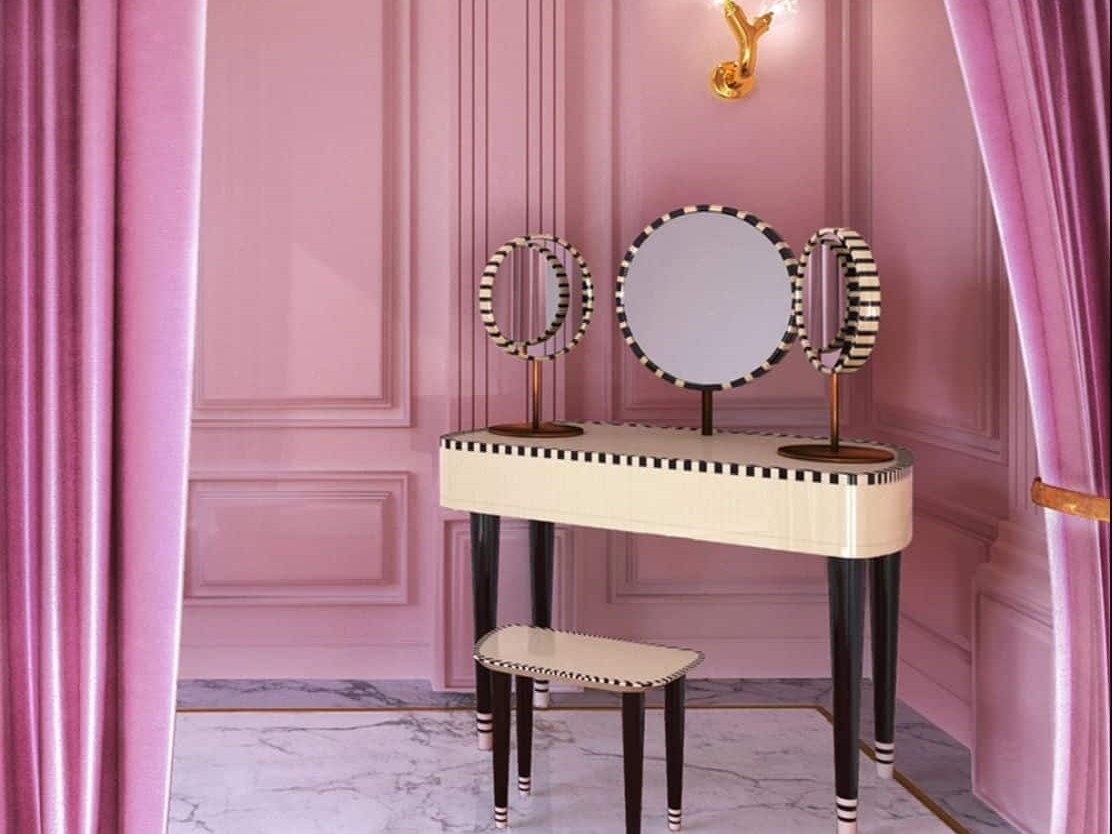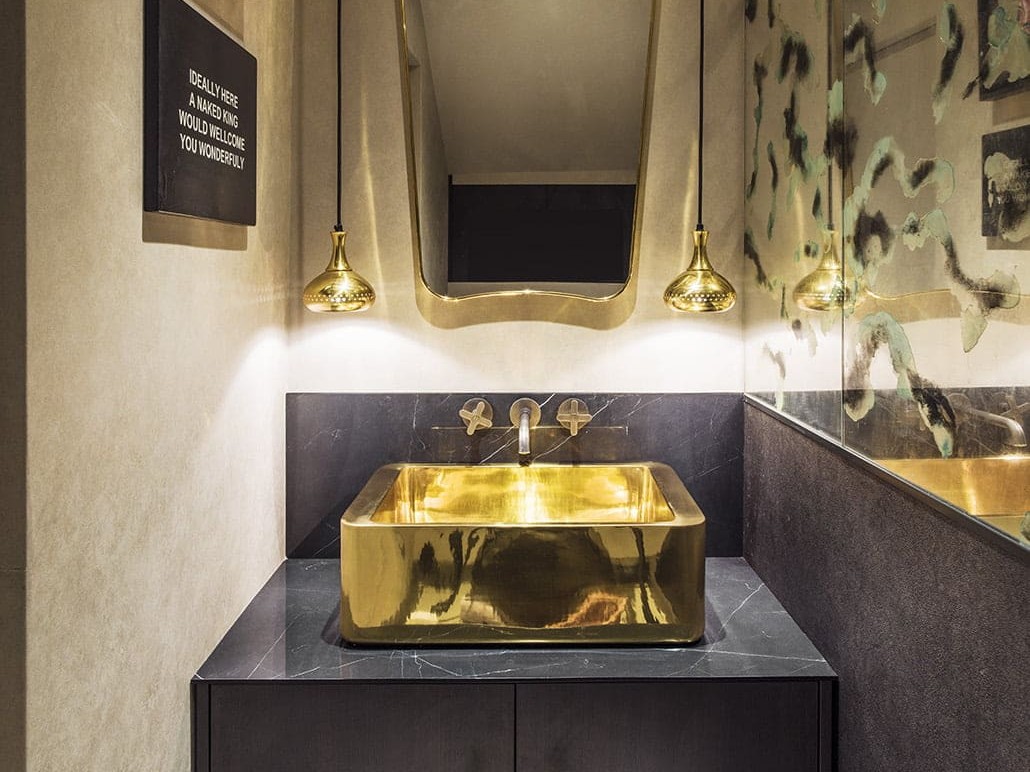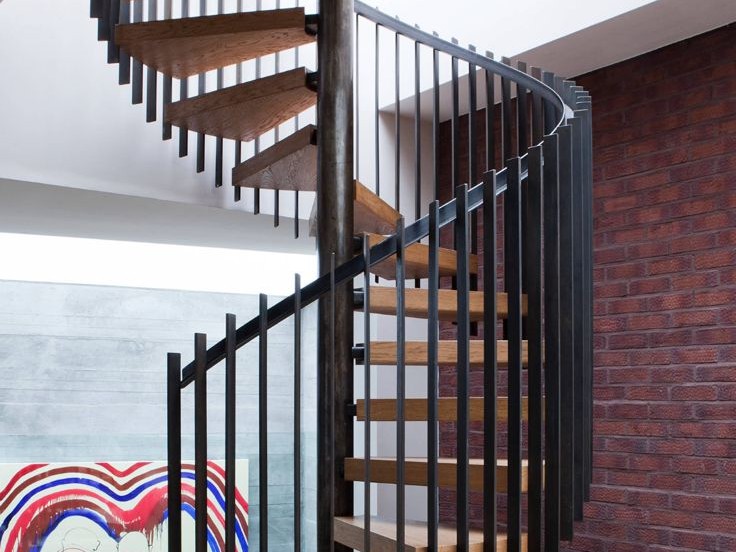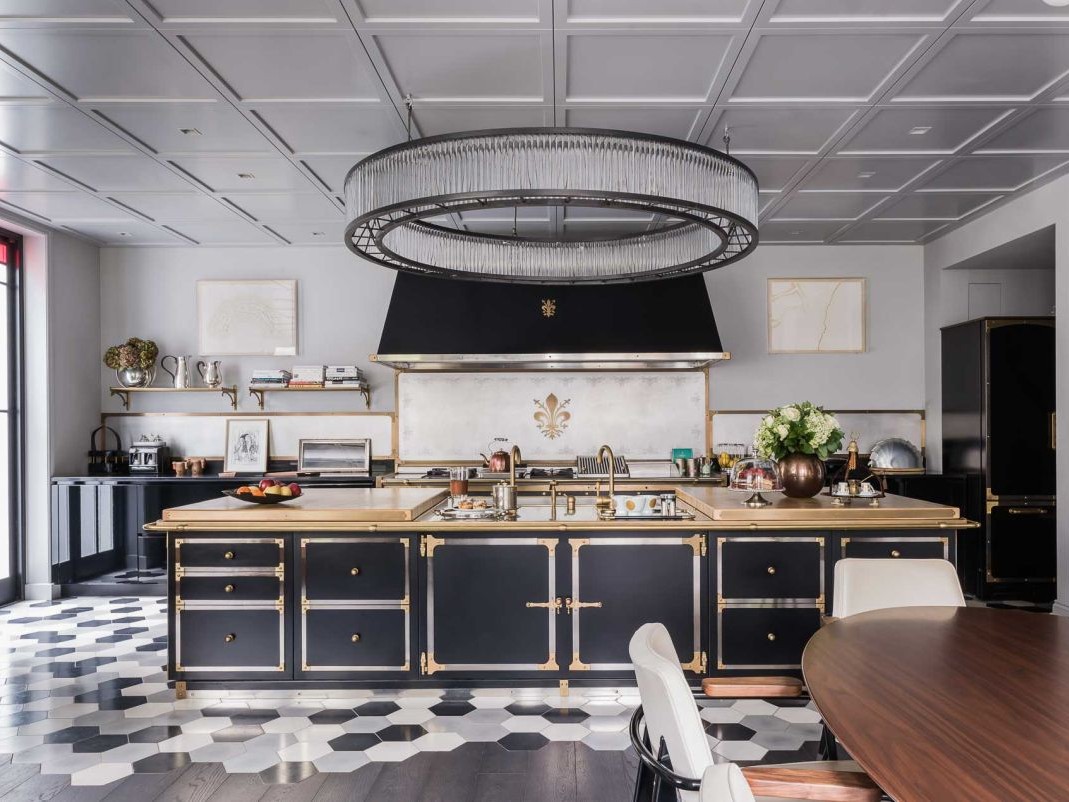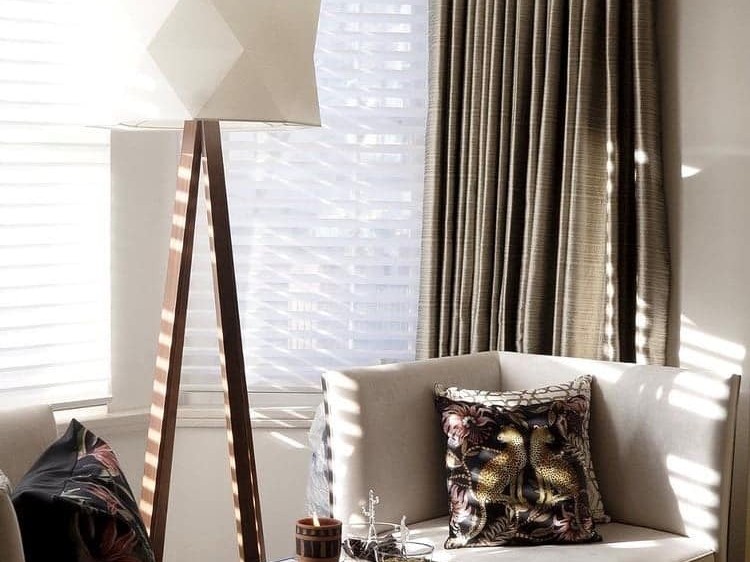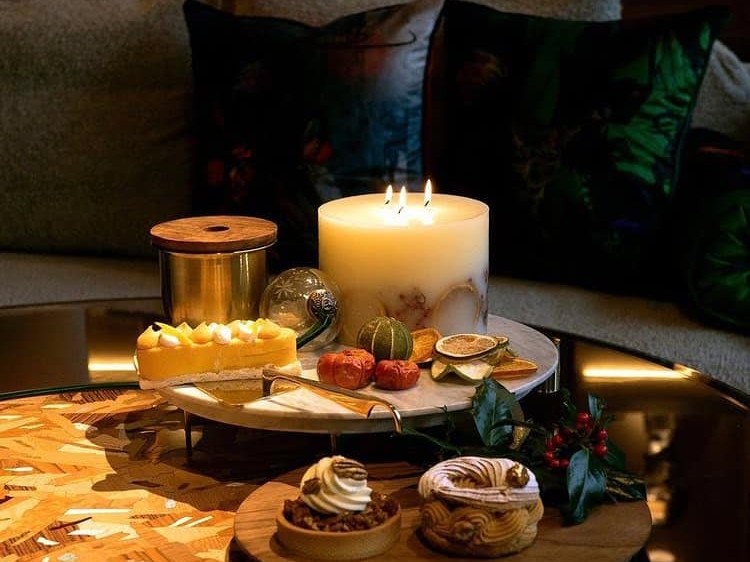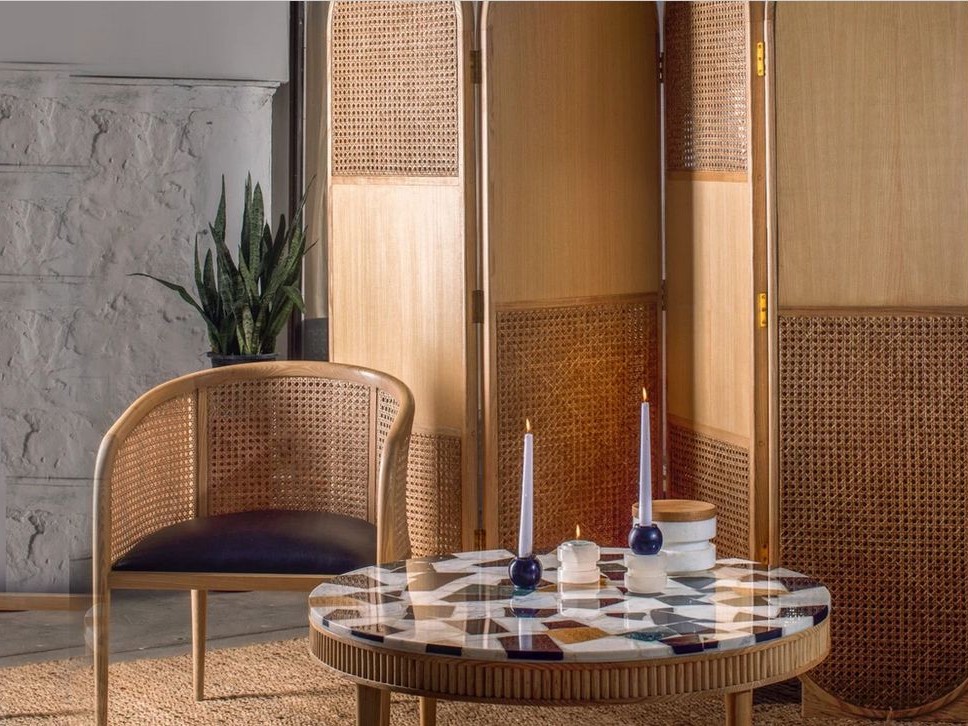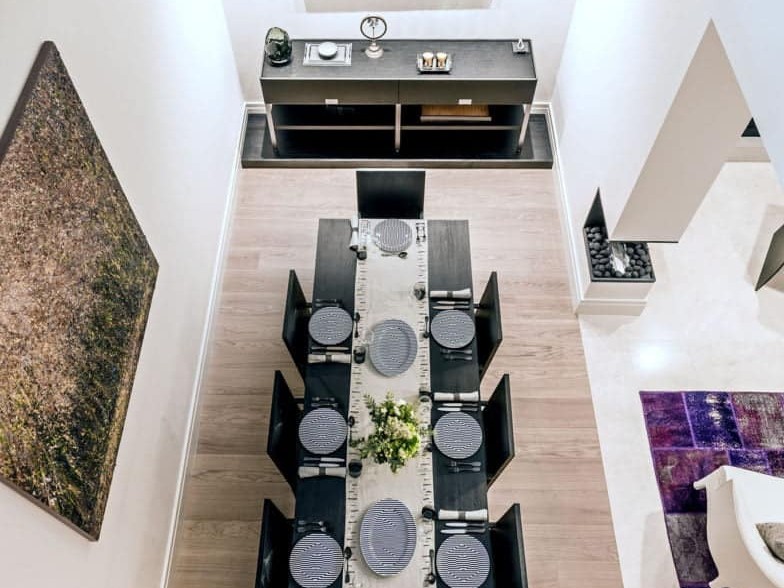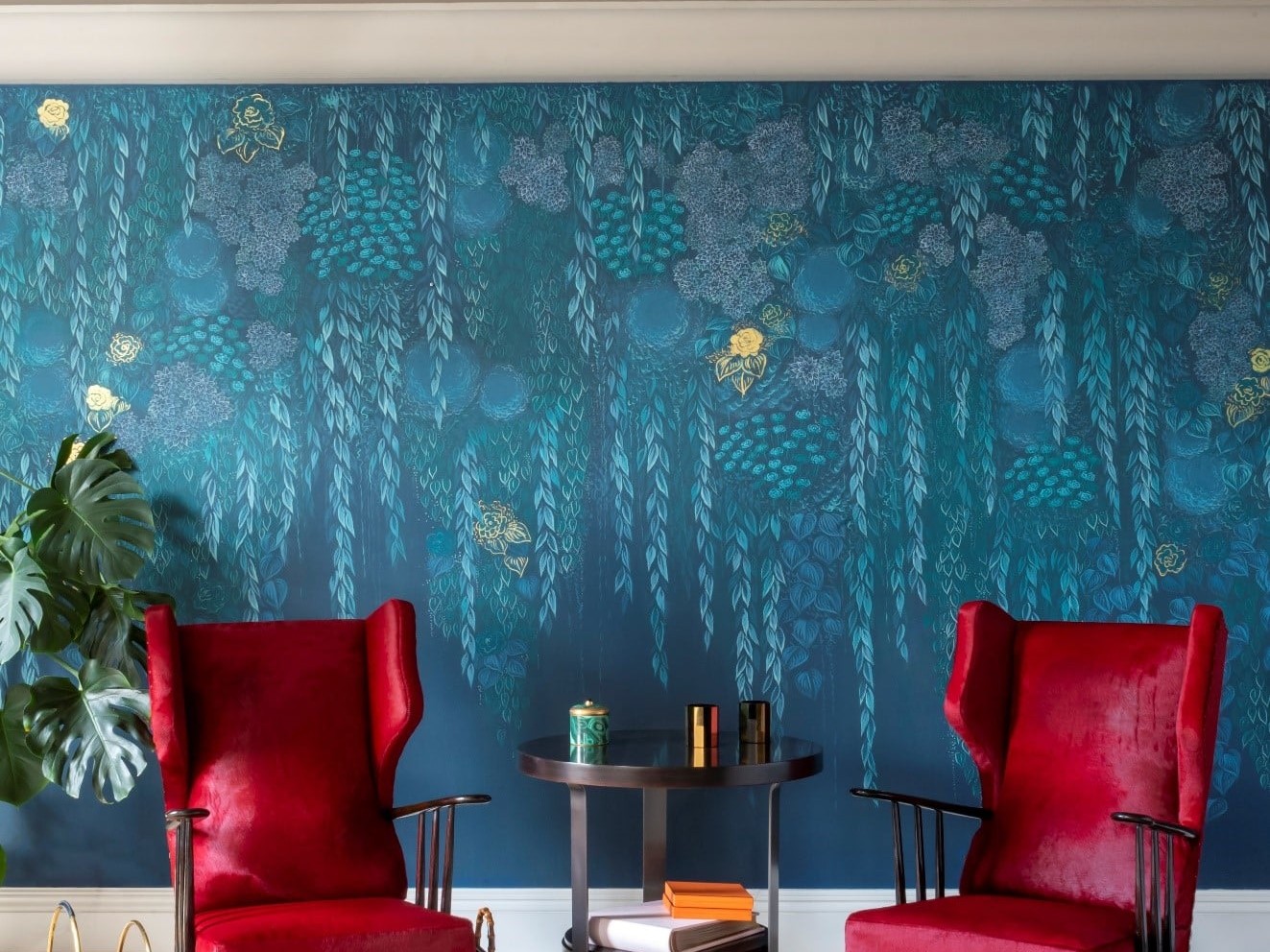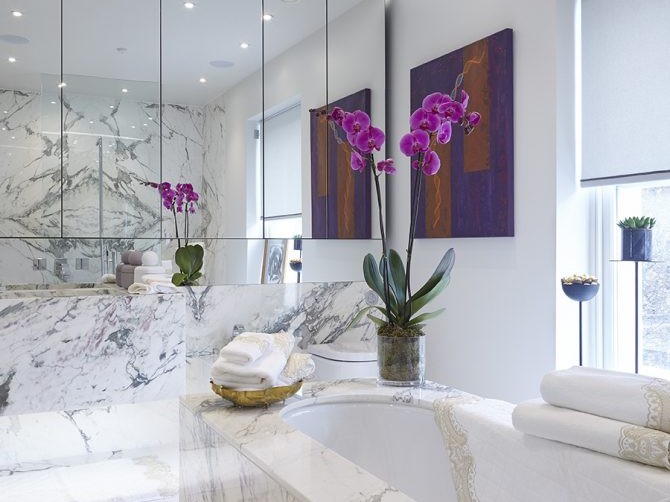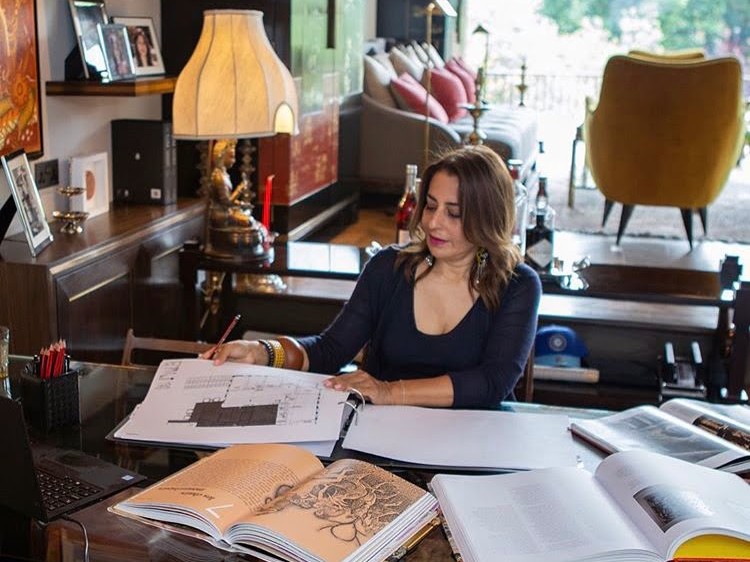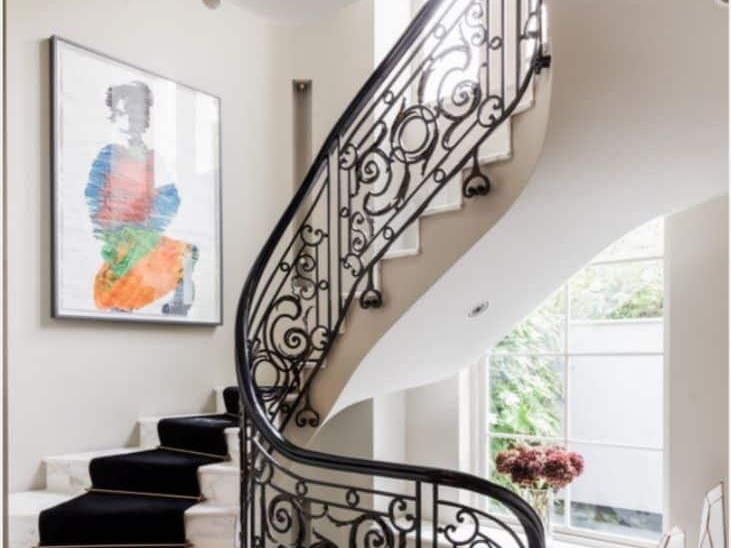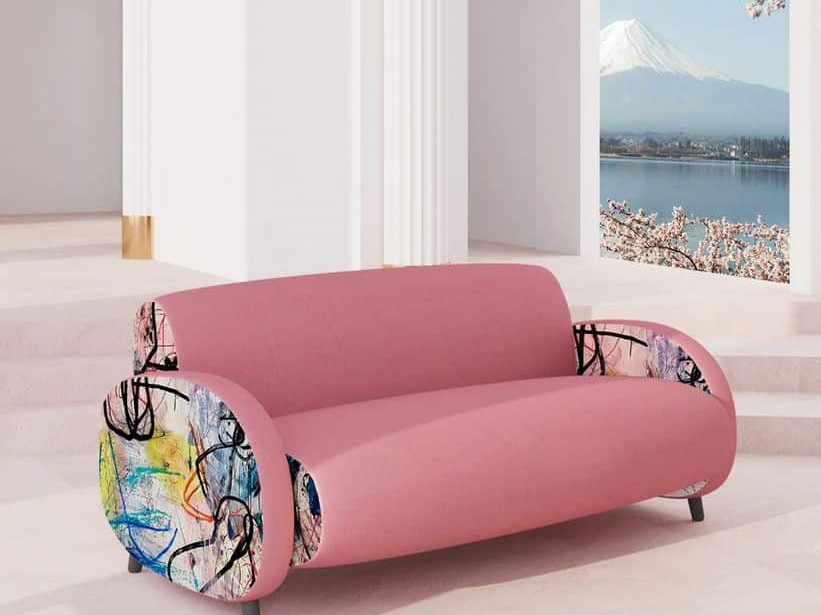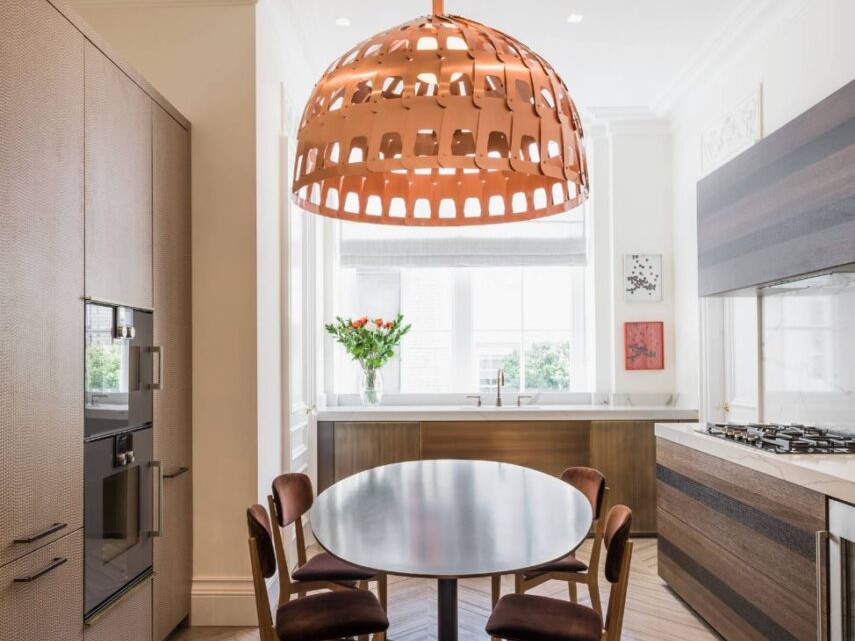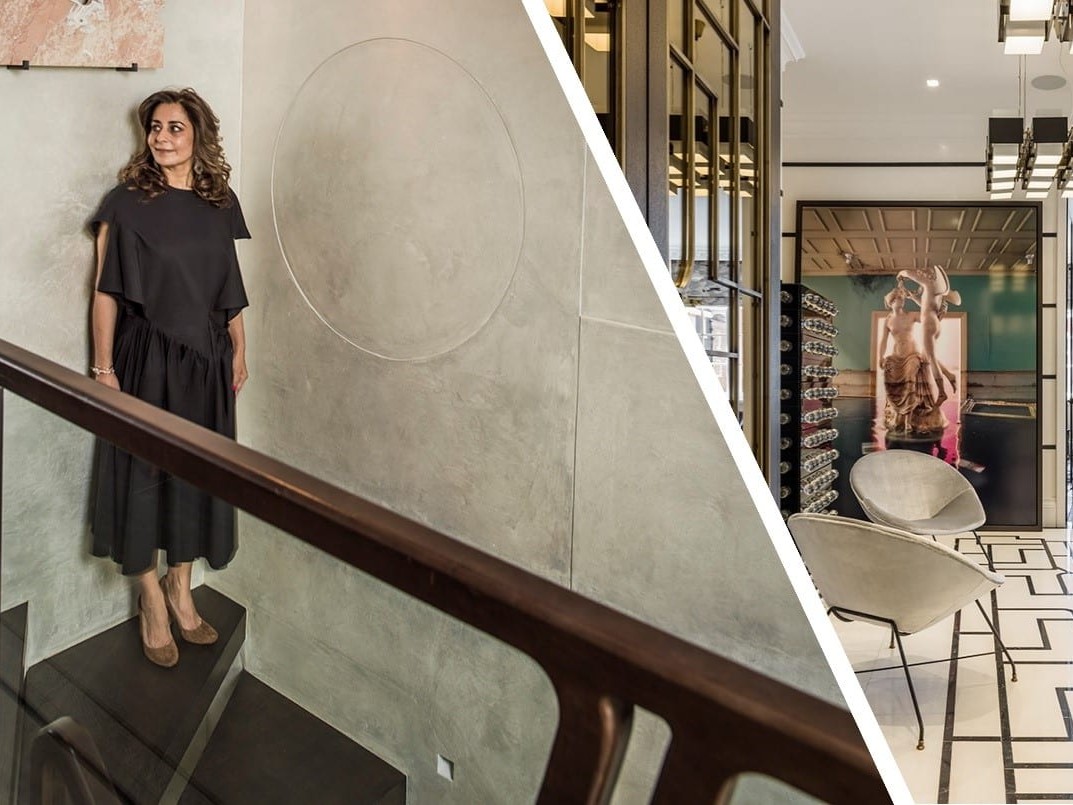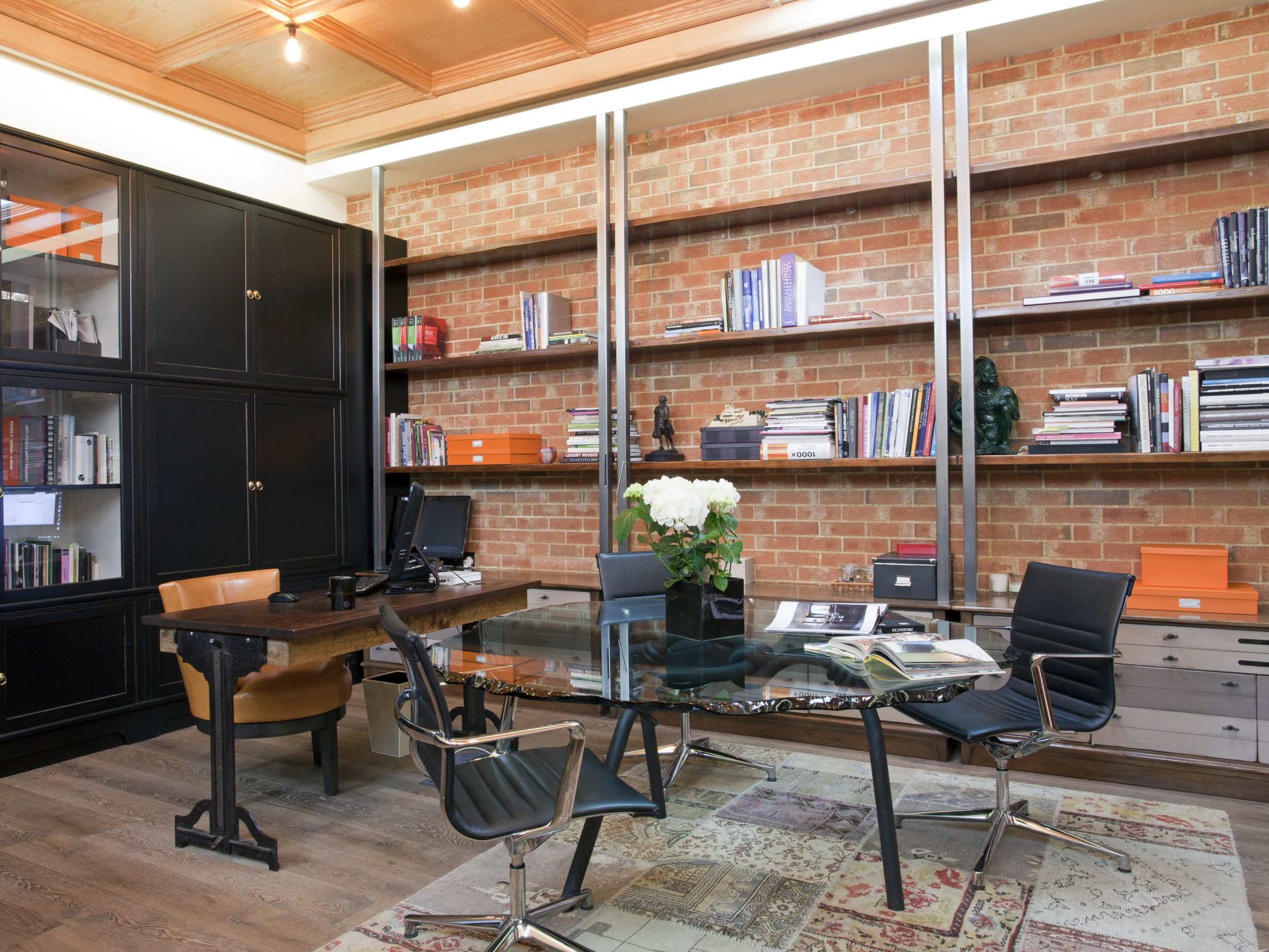Meditation is a fabulous way to promote relaxation and well-being, which is why it’s worth creating your very own holistic meditation space in your home. When you have a dedicated space to meditate, it’s easier to make it part of your daily routine. Furthermore, having a tranquil environment in which to meditate can help to calm your mind and enhance the positive impact that meditation has.
If you want to create a personal sanctuary that you can enjoy at any time, or you’re eager to enhance the relaxing properties of your surroundings, take a look at these top tips for designing serene, holistic meditation spaces in your home:
Identify How Much Space You’ll Need
People like to practice meditation in different ways. Some prefer to sit cross-legged on the floor, whereas others find it more comfortable to use an upright chair or to lay down on the floor. If you’re new to meditating, remember that your preferences might change over time, so make sure you can adapt the space in the future. Once you’ve begun to think about how you would like to practice meditation, you’ll have a clearer idea of how much space you’ll need.
Dedicate a Space
Depending on the size of your home, you may wish to dedicate an entire room to meditation. While turning an empty room into a holistic meditation space is certainly a great use of your environment, you don’t have to devote an entire room to wellness. Instead, you can carve out space in an existing room and create a versatile environment that lends itself to tranquillity and calmness.
Ideally, you’ll want to choose a ‘low traffic’ area, that will allow you to meditate undisturbed. This might be a corner of your bedroom or space in a spare room. You can even turn a quiet part of your living area into a holistic meditation space if you wish.
Embrace Minimalistic Décor
The art of meditation involves clearing your mind and heightening your awareness, and minimalist décor can help you to achieve an innate sense of calmness. When you aren’t distracted by your surroundings, it can enhance your meditation practice and allow you to enter a deeper state of tranquillity.
Your surroundings have a significant impact on your mind, so be sure to clear the area before you begin thinking about what you’ll need in your meditation space. When you start from scratch, you can create a bespoke space that’s perfectly suited to the style of meditation you choose to practice.
Choose Soothing Colours
The colour of a room can evoke certain emotions. Bold reds and yellows are known to be energising, stimulating and motivating, for example. In contrast, blue is a soothing colour that calms the mind and promotes intellectual creativity, while green provides balance and harmony. Of course, neutral colours such as whites, greys and taupe, provide calm reassurance, which can be perfect for a holistic meditation space.
If you’re incorporating your meditation space into an existing room, you may not want to drastically change the décor. However, using decorative screens can be a great way to separate your meditation space from the rest of the environment. By doing so, you can use a distinct yet complementary colour palette that will promote relaxation without impacting on your core room design.
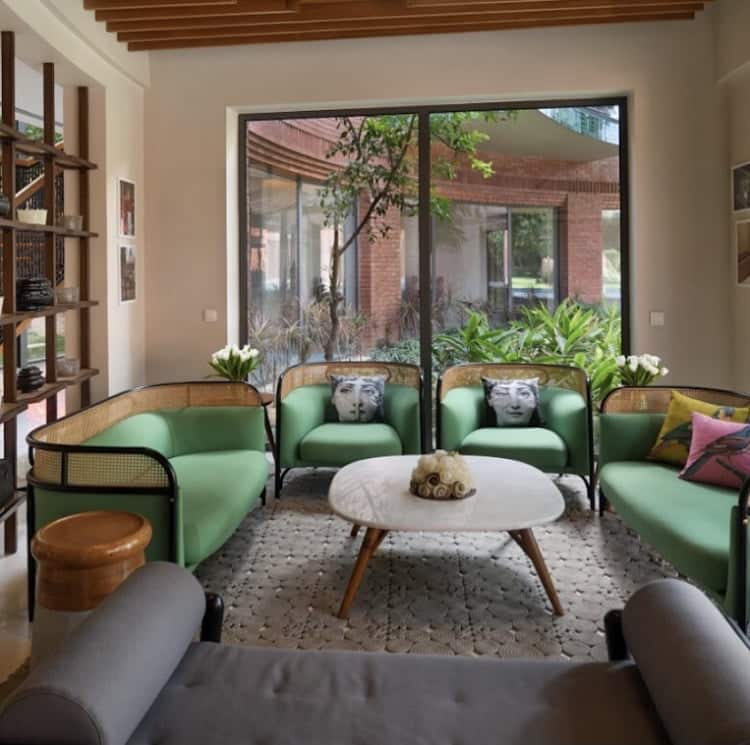
Add Soft Lighting
If you prefer to hear the sound of the great outdoors as you meditate, try and choose a space that’s close to a window. As well as giving you easy access to nature, you can allow the natural light to flow into your meditation space and use it to help clear your mind.
Alternatively, use soft lighting to illuminate the space. Candles work particularly well when you want to relax and unwind.
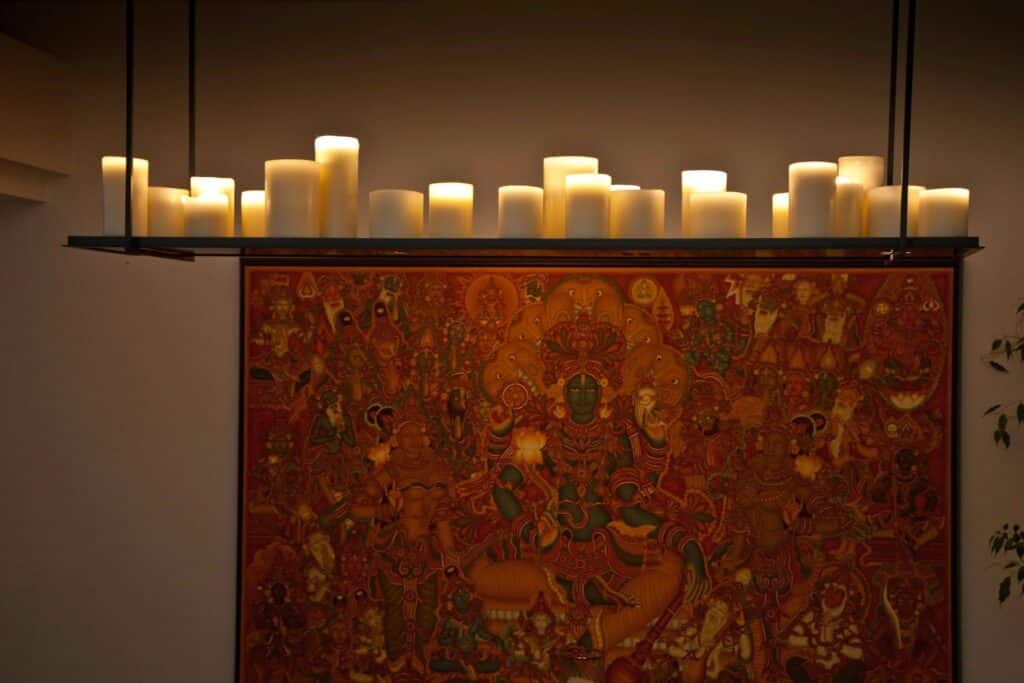
Prioritise Comfort
If you want to be able to meditate with ease and achieve a greater level of stillness, it’s important to ensure that your meditation space is comfortable. To achieve this, use soft furnishings, such as cushions, blankets and throws, to create a nurturing and reassuring environment. In addition to increasing your comfort, using different textures will awaken your senses and help you to focus on the present as you meditate. Where possible, choose natural materials, like linen, cotton or wool, as these will connect you to nature and help you to achieve a heightened state of awareness.
Incorporate Storage
You may not need much in the way of accessories to meditate effectively but many people use candles, crystals or essential oils to turn their attention inward and personalise their meditation space. Alternatively, you may use speakers to play soft music or the sounds of nature as you begin to meditate. If so, incorporating a small amount of storage into your meditation space can be a good way to minimise clutter and promote stillness.
Simple, stress-free storage options made from natural materials are ideal for a holistic meditation space, so look out for wooden or wicker baskets. Similarly, sea grass or bamboo storage baskets and bags can be a functional and aesthetically pleasing addition to your meditation space.
Be Flexible
There are no rights and wrongs when it comes to meditation, so don’t be too focused on creating a meditation space that ‘looks right’. Instead, be guided by your intuition and let your feelings take the reins. Personalising your meditation space gives you the opportunity to create a bespoke sanctuary that caters to your needs and enhances your awareness, so don’t hesitate to add décor or features that are meaningful to you.
Promoting Calmness and Tranquillity Throughout Your Home
Having a dedicated meditation space can certainly enhance your practice and encourage you to meditate regularly, but you can easily extend the design and style of your meditation space throughout your entire home. By doing so, you’ll create a calming, welcoming and tranquil environment that consistently enhances your well-being and reflects your unique personality.
Related articles
Open Concept Kitchen: Creating a Seamless Flow between Cooking and Living Spaces
Maximising your social and cooking space in an open-concept kitchen
Modern Ceiling Design Ideas For Interior Design
We shine a light on an often overlooked part of a room, from murals to metallics.
What To Expect From Your First Interior Design Meeting
From concept sketches to vision boards, everything you need to prepare for your initial meeting.


